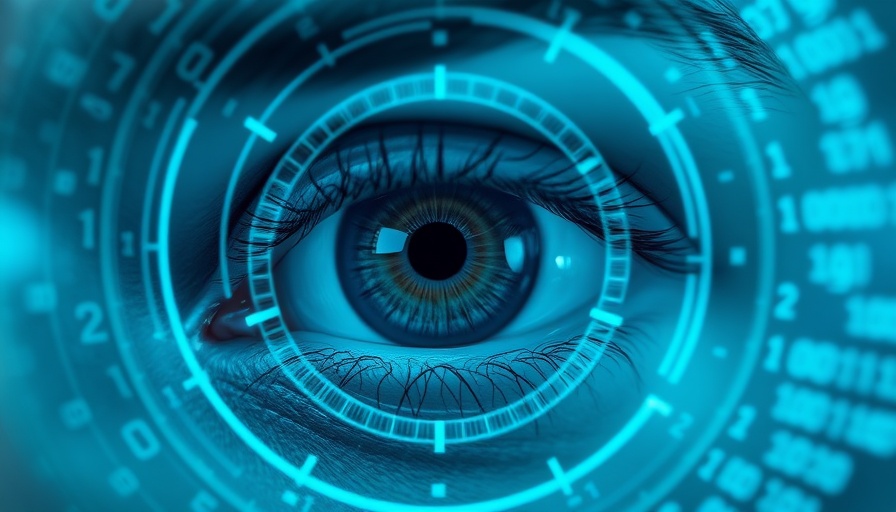
Reddit’s Radical New Identity Paradigm
Imagine being asked to prove your identity not with a username or password, but through an iris scan. That’s the reality Reddit is contemplating by potentially integrating biometric verification through Sam Altman’s Worldcoin project. By considering this radical shift, Reddit is not just changing the game for usernames; they're rethinking the entire concept of identity in the digital space.
What Is World ID and How Does It Work?
World ID aims to provide a unique solution to identity verification. With this system, users would interact with a physical device, the Orb, creating a unique iris code upon scanning their eyes. This biometric data is said to be stored securely while ensuring users receive a verified status along with a small cryptocurrency reward. But this raises critical questions about long-term implications: What happens if that data is compromised? What about privacy and the ethics of using our biology as identifiers?
Banishing Bots—But at What Cost?
Reddit argues that adopting biometric verification could effectively reduce spam and bot activity, a perennial challenge for online communities. With moderators frequently overwhelmed by automated posts, such measures might seem attractive. However, the fundamental question persists: should tech companies require our biological data to manage their platforms effectively? Is this a next step in tech evolution, or a troubling descent into surveillance?
Imposter Syndrome in a Biometric World
If Reddit implements biometric verification, it could redefine how people perceive 'real' online interactions, pushing the narrative that only those willing to submit to identity scans are legitimate users. This potentially creates a prejudiced landscape where anonymous accounts are sidelined, sparking concerns about inclusivity and access to digital spaces.
Future-Proofing or Future-Problems?
While proponents like Altman assure us of the system’s safety and privacy, the lingering fear of surveillance grows alongside technological advancements. Would this scheme result in a dystopian future where privacy as we know it becomes obsolete? The appeal to convenience must be balanced with possible exploitation, and technology's role in defining our identities is more consequential than ever.
As franchisors, this development calls into question how brands will need to adapt in an environment increasingly reliant on biometric identification. As identity verification becomes more invasive, establishing trust and transparency will emerge as key components of operational excellence and franchisee success. How do we maintain brand consistency in a system where only a few might qualify as 'real' users?
Ultimately, as Reddit navigates this potential future, franchisors should take heed of the evolving dynamics of digital identity and user engagement. Establishing systems that not only optimize performance but also respect user privacy could be the key to thriving in a landscape governed by biometric realities.
 Add Row
Add Row  Add
Add 




Write A Comment